Yintang And Acupuncture For Stress An Anxiety
Yintang is an acupuncture point that is located on the forehead midway between the eyebrows. It is a wonderful point that calms the mind, reduces stress, and helps relax the sympathetic nervous system. As such, it is a point that is excellent in treating anxiety, insomnia, restlessness, and headaches. In combination with other points it can also treat hypertension, sinusitis, allergies and dizziness. While the location may seem intimidating, having this point needled usually puts patients right to sleep!
How does acupuncture actually work to reduce stress/anxiety?
In the most basic terms, acupuncture regulates the sympathetic and parasympathetic nervous systems. The sympathetic nervous system is responsible for the body’s “fight or flight response”, and the parasympathetic nervous system is responsible for the “rest and digest” phase. Most people with high stress levels or who deal with anxiety have an overactive sympathetic nervous system, which means their body gets stuck in the fight or flight response. This results in symptoms like restlessness, insomnia, mind racing, and palpitations to name a few. If left untreated, there can be more severe long term effects such as high blood pressure, heart attack, or stroke. Acupuncture and TCM (traditional Chinese medicine) regulates your body’s hormones and forces it out of the fight or flight phase, into the more calm rest/digest phase. A study done at Georgetown University Medical Center found that “acupuncture blocks the chronic, stress-induced elevations of the HPA axis hormones and the sympathetic NPY pathway” (Eshkevari et al, 2013). The acupuncture point Yintang is a cornerstone point for treating stress and anxiety, and will be used in almost all point prescriptions for those (and similar) conditions.
How quickly can acupuncture help me?
While acupuncture is not an immediate fix, most patients feel at least some mild relief after their first treatment. The treatment plan, including frequency and number of visits, is customized to each patient. Generally, for conditions which are acute (occurring for 6 weeks or less), it takes fewer treatments to see full resolution of symptoms. For chronic conditions (occurring for 6 or more weeks), it will likely take between 3-5 treatments to see significant, lasting change in symptoms. A full course of treatment could be between 8-10 treatments depending on the severity of the case. For each patient, your acupuncturist will create a specially tailored plan based on your medical history and wellness goals.
If you would like to know more about this point or acupuncture in general, contact us today at 780-455-2112 or info@ocwc.ca
Visit our website to learn more about our registered acupuncturist! www.ocwc.ca
References:
https://www.eurekalert.org/pub_releases/2013-03/gumc-sos031113.php

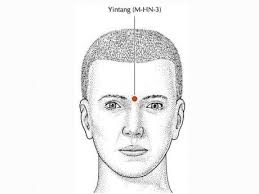
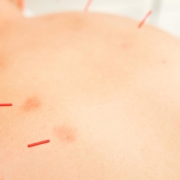
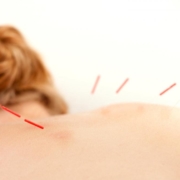
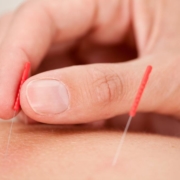
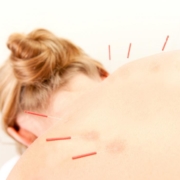



I love this description of how Yin Tang works on the nervous system.
rutherfordacupuncture.com